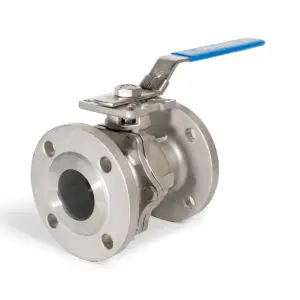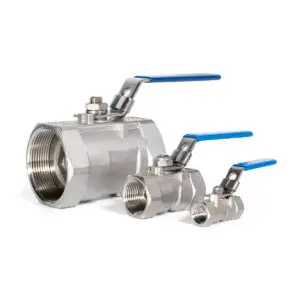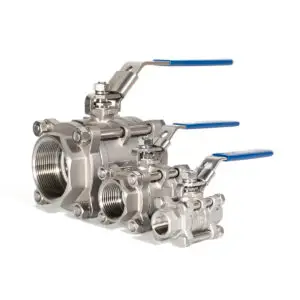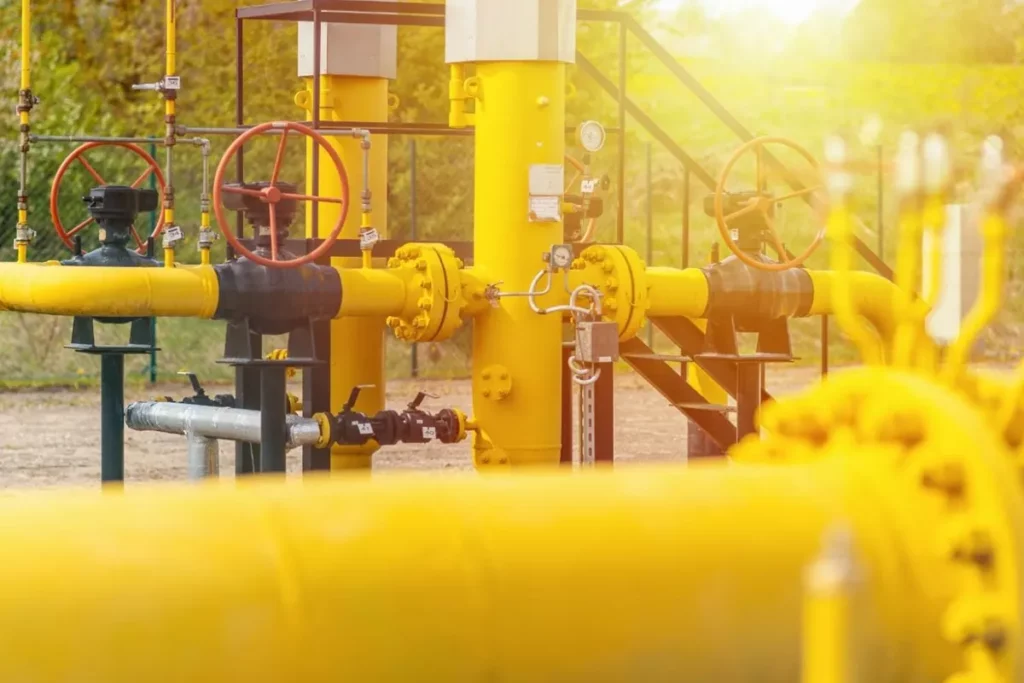Valves are essential components in many industrial processes and allow precise control of the flow rate, pressure, and temperature of liquids and gases. Valves come in multiple types, each designed for specific applications. Two commonly used types are plug and ball valves, widely used in the oil and gas, chemical, and water treatment industries.
While both valve types are primarily responsible for controlling the fluid flow, they have distinct differences in body structure, suitability for various applications and maintenance requirements. In this article, we will have a detailed comparison of the plug valves vs the ball valves to help you decide on the most appropriate option for your specific application.
What is a Plug Valve?
Here is a guide to plug valves vs ball valves. Firstly, a ball valve is cylindrical in shape and has a spherical or ball-shaped internal element with a bore or hole through the centre. The ball rotates 90 degrees within the valve body to release or obstruct the flow of fluid or gas. Ball valves typically have a lever or handle that is turned to open or close the valve.
When fully closed, it offers a drop-tight shut-off, which means it can completely seal off the flow without any leakage. The reliable sealing and long service life of ball valves make them a popular choice for various applications, including high-pressure and high-temperature environments, where the valve must be able to withstand harsh operating conditions.
The Difference Between Plug Valves and Ball Valves
Now that we have a basic understanding of what plug valves and ball valves are, let’s dive into the key differences between the two valve types.
Body Structure
The major difference in the body structure of plug and ball valves is the shape of the internal member that controls the flow of fluid or gas through the valve. In a plug valve, the member is a conical or cylindrical plug with bored passages running through it, while in a ball valve, the member is a spherical ball with a hollow centre. This difference in disc shape affects how the valves operate and their suitability for different applications.
Function
The operating mechanisms of the two valves differ because of their distinct body structures. A plug valve operates by rotating the cylindrical-shaped plug within the valve body. When the plug is rotated to the open position, the bored passages within the plug line up with the inlet and outlet ports, allowing fluid to flow through the valve. When the plug is rotated to the closed position, it presses against the valve seat, creating a tight seal that prevents the fluid from passing through the valve.
On the other hand, when a ball valve is closed, the spherical ball is pressed tightly against the valve seat, providing a tight shut-off to prevent any fluid from flowing through it. When it opens, the bore of the ball lines up with the inlet and outlet ports, allowing the fluid or gas to pass through the valve.
Application
The unique mechanism of the plug valves effectively wipes away any suspended particles in the fluid as the plug rotates, preventing them from accumulating and causing blockages. As a result, they are highly effective in handling abrasive slurries and other fluids containing solid particles, such as in wastewater treatment and mining operations.
In contrast, ball valves are often preferred due to their compact size and cost effectiveness. They also have the advantage in applications where frequent operation is required. This is because the valve’s quick quarter-turn operation allows for easy and fast opening and closing, which can help reduce downtime and improve efficiency. Additionally, ball valves are often used in environments where high pressure and high temperature are present, making them ideal for use in the oil and gas industry.
Maintenance
Plug valves are generally considered to be low-maintenance valves due to their simple design and few moving parts. However, lubricated type plug valves do require periodic lubrication to ensure proper operation and prevent sticking or seizing.
Ball valves may require periodic cleaning to remove any buildup of debris or sediment, as well as inspection of the valve seats and ball for wear or damage. Depending on the application and operating conditions, ball valves may also require the replacement of the stem packing or other components to maintain proper sealing and prevent leaks.




- Fig 801 Single Piece Ball Valve
- Fig 802 Two Piece Ball Valve
- Fig 803 Three Piece Ball Valve
- Fig 804 Flanged Piece Ball Valve
Plug Valve vs. Ball Valve: Choosing the Right Valve
In conclusion, plug valves and ball valves are two distinct types of valves that are used in different applications based on their design and operating mechanisms. Both valves offer reliable shut-off capabilities and can be used in various industries. However, their selection depends on factors such as the type of fluid, pressure and temperature requirements, and frequency of operation.
By understanding the differences between plug valves and ball valves, you can have a better idea about the type of valve that is best suited for your needs. If you are confused about the right valve type for your specific application, feel free to get in touch with John Valves. As your one-stop shop for industrial valves, we can provide professional guidance and expert advice to help you select the right valve for your requirements.



